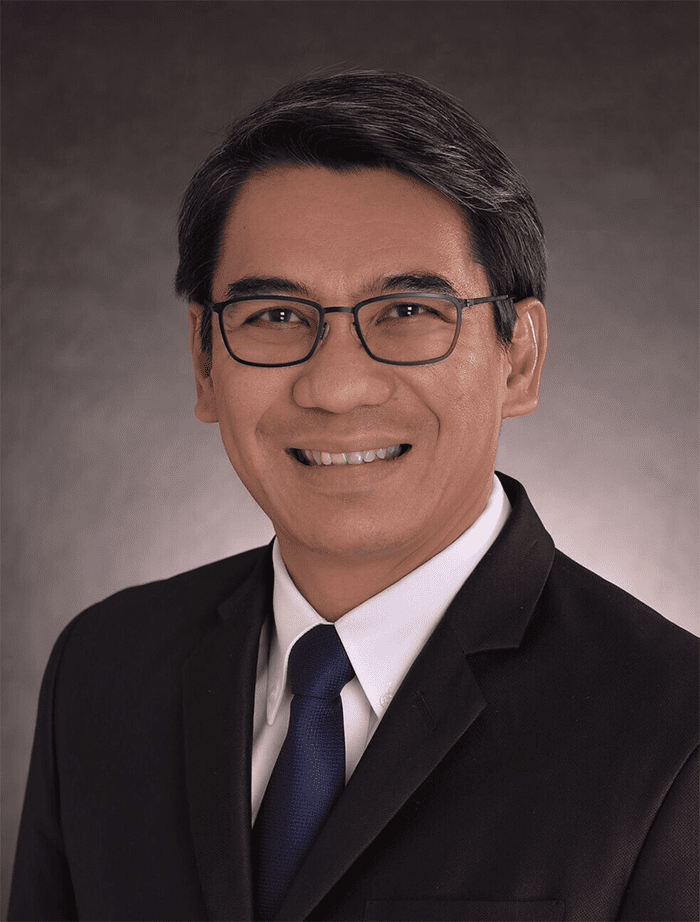
Q1: Pioneer is the market leader in hybrid corn in the Philippines. How has the industry been changing in the last decade?
A: Pioneer continues to be at the forefront of innovation in both its product offerings and services. We’ve seen a tremendous amount of productivity improvement driven by an accelerated technology adoption over the last 5-7 years. Farmers shifted to better-yielding varieties as well as modern and more convenient ways of growing crops. The openness of farmers to the latest discoveries in production agriculture enabled, for one, the Philippines to reach its self-sufficiency in corn supply since last year. The country is also on track to achieve rice self-sufficiency in a couple of years should the expansion of hybrid rice plantings in our top rice-producing areas continue.
Q2: In the Philippines, Pioneer is the leader, however it is not in Indonesia, Thailand and Vietnam, where the leaders are CP Group, Monsanto and Sygenta respectively. How do you know if your price is right since you are priced premium in Philippine but lower in other countries?
A: Pioneer products are generally higher-priced than its closest competitors in most countries in the world. ASEAN countries where Pioneer operates are not exempt. While price leadership is usually an indicator of product confidence and can help create a perception of premium quality, markets may respond differently. Indonesia is a market with very small landholdings, although it is a price sensitive market, farmers are generally willing to pay a premium for high-yielding products. Farmers are able to detect even the smallest field performance variances as they can closely evaluate their farms daily. Sampling and field demonstrations help farmers get a first-hand experience of the product advantages, but also reveal weaknesses.
Thailand is even more price-sensitive given the larger landholdings (averaging 4-5 has/farmer). Products currently offered in this market are perceived to have very slight differences in terms of performance. As such, more in-store promotions and building strong channel relations are keys to successful market penetration. Vietnam is a relatively new market and efforts are primarily geared towards first-use programs. Critical to success is proper product positioning and effective awareness- or brand-building. Pricing is used as a tool to attract first-time users although in a limited timeframe.
Q3: How do you plan to replicate the success of the Philippines to other Asian countries you are in charge of?
A: Each market is different. There is no fixed template. However, there are basic or foundational steps to ensure that we don’t miss out on the critical factors that will lead to success. First is product knowledge that includes market segmentation and positioning and developing the right value proposition. Next is determining the best route-to-market (what business model: direct distribution, 3rd party, non-exclusive/exclusive distribution, combinations?) that will create the best outcome (revenue/volume growth, sustainable profitability) in the shortest possible time.
People-training is essential in effectively carrying out business plans. Resources will always be limited but a highly-skilled and motivated field force makes a big difference in successfully delivering targets.
Q4: There are farmer segments whose choice of seeds is dictated by financiers. How do you compete in this margin sensitive group?
A: Most financiers are also farmers so they understand that using quality seeds is key to higher productivity. They want their farmer-borrowers to succeed so they can collect the loans. It is in their best interest to recommend products that they know will bring the best yields since they are also the buyers of the produce. A number of farm demonstrations and field activities are conducted in order to convince both financiers and farmers of what is the right product to plant for the following season.
Our approach is to work closely with financiers AND their beneficiary-farmers together to find solutions to the challenges in crop production.
Q5: Most farmers are aging and poor. Younger generations want a different career. How are you campaigning for young farmers to meet your future demand?
A: One of the key messages that we convey to the younger generation of farmers is for them to see farming as a business that can be very rewarding by employing the right technology. Modern farming is not only cost effective but has also become more convenient given that the tools and know-how to profitably grow the crop are readily available. In fact, there are many professionals who are getting into farming to augment their income by venturing into small-scale rice or corn production in areas that are close to the cities where they reside and work. Some very successful farmer-entrepreneurs are expanding their operations and are now engaged in full-time farming.
Q6: Planting vegetable seeds are twenty times more profitable than rice or corn. While you are leader in hybrid seeds, how do you ensure that you get a fair share of corn farmers?
A: Demand for vegetables is limited and prices wildly fluctuate year-round. However, corn and rice grain prices are more stable and the demand for these commodities has been growing steadily to at least the equivalent pace to the country’s population. The shift in diet to more high-protein meals, driven by growing family incomes, has also increased the demand for corn, being the basic feed ingredient for chicken and pork; and rice with the popularity of the “unli-rice” meals and the increasing number of new food businesses and the expansion of established fast-food chains.
Our aim is to be the preferred choice of farmers by delivering the best value through innovation with our products, people, technology and services. So far, farmers who have used Pioneer products and technology have been rewarded with good yields and higher income over many years. With these consistent results, Pioneer hopes to remain a strong farmer-partner in production agriculture.


